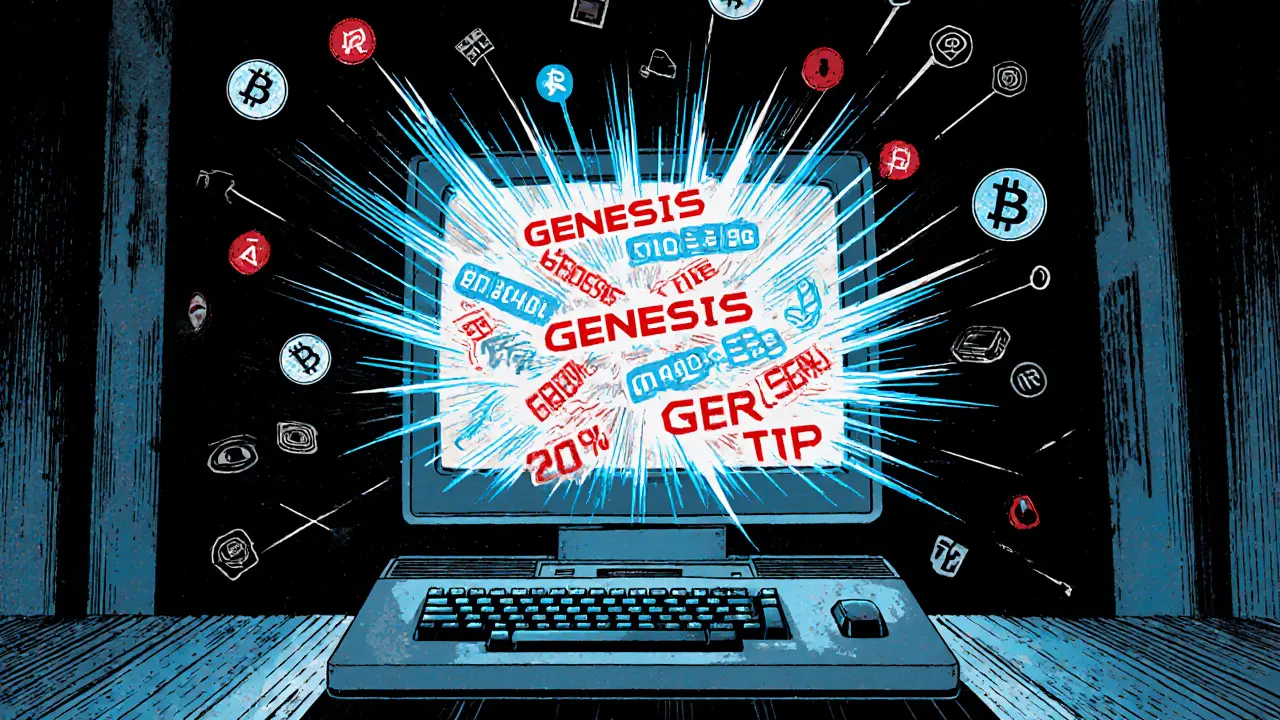
Blockchain Node Sync Time Estimator
Estimate Your Sync Time
Enter your specifications to get an estimated time for blockchain node synchronization.
Imagine trying to keep track of a shared ledger that’s updated every few seconds by thousands of people across the globe-none of whom you trust. That’s the problem blockchain nodes solve every day. Without blockchain node synchronization, there’s no way for a new computer joining the network to know what transactions are real and which are fake. This isn’t just technical jargon-it’s the foundation of trust in systems like Bitcoin and Ethereum. If your node isn’t properly synced, you’re not part of the real network. You’re running on outdated, possibly fake data. And that’s dangerous.
What Happens When a New Node Joins the Network?
When you start a blockchain node for the first time, it doesn’t magically know the history of every transaction ever made. It starts from zero. The first thing it does is connect to other nodes already on the network. These are called peers. Your node sends out a simple message: "Hey, how many blocks do you have?" The peers reply with their latest block number. That tells your node how far behind it is. Then it asks for the genesis block-the very first block in the chain. For Bitcoin, that’s Block 0, created on January 3, 2009. For Ethereum, it’s the block mined on July 30, 2015. This block is hardcoded into the software you’re running. It’s the anchor point. Once your node has that, it starts downloading every single block after it, one by one. But downloading isn’t enough. Every block has to be validated. That means checking every transaction inside it: Are the signatures valid? Is the sender actually spending coins they own? Did they try to double-spend? Are the fees correct? Are the block rules followed? For Bitcoin, that’s about 800,000+ blocks. For Ethereum mainnet, it’s over 20 million blocks and hundreds of millions of state changes. This isn’t just copying files-it’s re-executing every transaction ever made on the network. That’s why sync times can take days.Full Sync vs. Fast Sync vs. Snap Sync: What’s the Difference?
Not all node syncs are created equal. There are three main methods, each with trade-offs between speed, security, and storage.- Full sync: Downloads and verifies every block from genesis to tip. This is the most secure. Your node doesn’t trust anyone. It checks everything itself. But it’s slow. On a top-end machine with an NVMe SSD and 32GB RAM, syncing Ethereum’s mainnet can take 9-14 days. Bitcoin takes even longer-sometimes over two weeks. You’ll need at least 500GB of free space, and often more.
- Fast sync: Instead of downloading every block, it grabs the latest state data-like a snapshot of account balances and smart contract code-and then verifies only recent blocks. This cuts sync time to 12-48 hours. But here’s the catch: you’re trusting that the recent state you downloaded is legitimate. If someone fed you fake state data, you’d accept it as real. That’s why fast sync isn’t used by validators or exchanges.
- Snapshot sync (snap sync): This is the newest and fastest method. Ethereum’s Erigon and Geth clients now support it. Your node downloads a recent snapshot of the blockchain state-say, the last 64,000 blocks-and then syncs the rest normally. This can finish in under 4 hours. It’s ideal for developers, testers, and users who need a working node quickly. But again, you’re relying on the integrity of the snapshot. If the snapshot source is compromised, so is your node.
Enterprise users and security-focused operators almost always choose full sync. For casual users or devs testing apps, snap sync is the smart pick. Fast sync sits in the middle-but it’s fading out as snap sync gets better.
Why Sync Times Are So Long (And Why They’re Getting Faster)
Syncing isn’t just about bandwidth. It’s about I/O, CPU, and memory. Most people think: "I have a 1 Gbps internet connection, why does it take days?" Because the bottleneck isn’t the network-it’s your hard drive. Reading and writing millions of small data files (state trie nodes, transaction receipts, block headers) is brutal on mechanical drives. That’s why SSDs are non-negotiable. Even then, Ethereum’s state trie verification can eat up 78% of total sync time, according to user reports on Reddit. CPU matters too. Validation requires hashing, signature checks, and state lookups-all computationally heavy. A 4-core machine might take twice as long as an 8-core one. RAM helps with caching. Ethereum recommends at least 16GB, but 32GB is better. And if your database cache is too small, your node will constantly read from disk instead of memory, slowing everything down. But things are improving. Ethereum’s move to Proof-of-Stake in 2022 cut sync times by 40%. Why? Less block production overhead, fewer computational puzzles to solve, and cleaner block structures. Then came Erigon’s parallel sync engine, which processes multiple blocks at once instead of one at a time. That gave a 3.2x speed boost. And now, with Verkle Trees coming in 2024, Ethereum plans to shrink its state data by 90%. That could bring full sync times down to under 4 hours.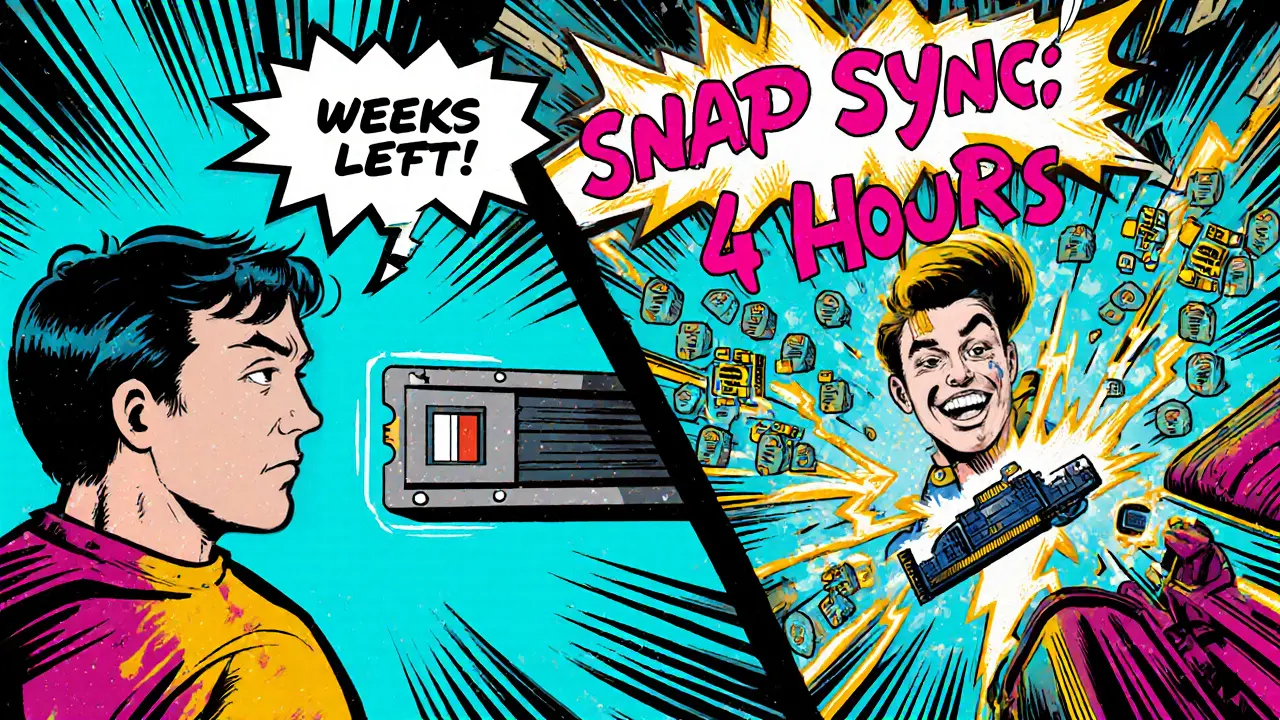
Common Sync Problems and How to Fix Them
Even with good hardware, sync failures happen. Here are the top issues and how to fix them:- State trie verification failures: This happens in about 15% of Ethereum full sync attempts. The node can’t reconstruct the state tree from the blocks. Solution: Increase your database cache to at least 4GB. Restart the node. If it still fails, delete the database and start over-corruption is likely.
- Persistent peer disconnections: Your node keeps losing connections to peers during validation. Solution: Open more peer slots (aim for 12-25). Use trusted static peers if you’re in a region with poor connectivity.
- Database corruption: About 8.3% of sync attempts fail due to corrupted data files. Solution: Always run your node on a reliable power source. Use a UPS if possible. Never force-quit the process. Always shut down cleanly.
- Software version mismatch: You’re running an outdated client. Solution: Always use the latest stable version of your node software. Ethereum’s Geth, Erigon, and Nethermind update frequently. Check their GitHub releases.
One Reddit user, NodeOperator87, spent 9 days syncing Ethereum. The last 2 days were spent fixing a corrupted state trie. He increased his cache to 8GB, restarted, and it worked. It’s not magic-it’s persistence.
Why This Matters for the Whole Network
A node that’s out of sync isn’t just useless-it’s a risk. If a node operates on an old version of the chain, it might accept invalid transactions. Worse, it could broadcast those invalid blocks to other nodes, causing temporary forks or confusion. This is called a partition attack. Dr. Andreas Antonopoulos called improperly synced nodes "one of the most significant security vulnerabilities" in public blockchains. That’s why regulators are stepping in. The EU’s MiCA framework, effective June 2024, requires financial institutions to maintain nodes synced within 15 minutes of the latest block. Anything more than that is considered non-compliant. That’s not just technical-it’s legal. And as more institutions join-73% of Fortune 500 companies now run at least one node, per Gartner-network health depends on how fast and reliably new nodes can join. Faster sync = more decentralization. Slower sync = centralization. Because if only big companies with server farms can run nodes, then the network becomes controlled by a few.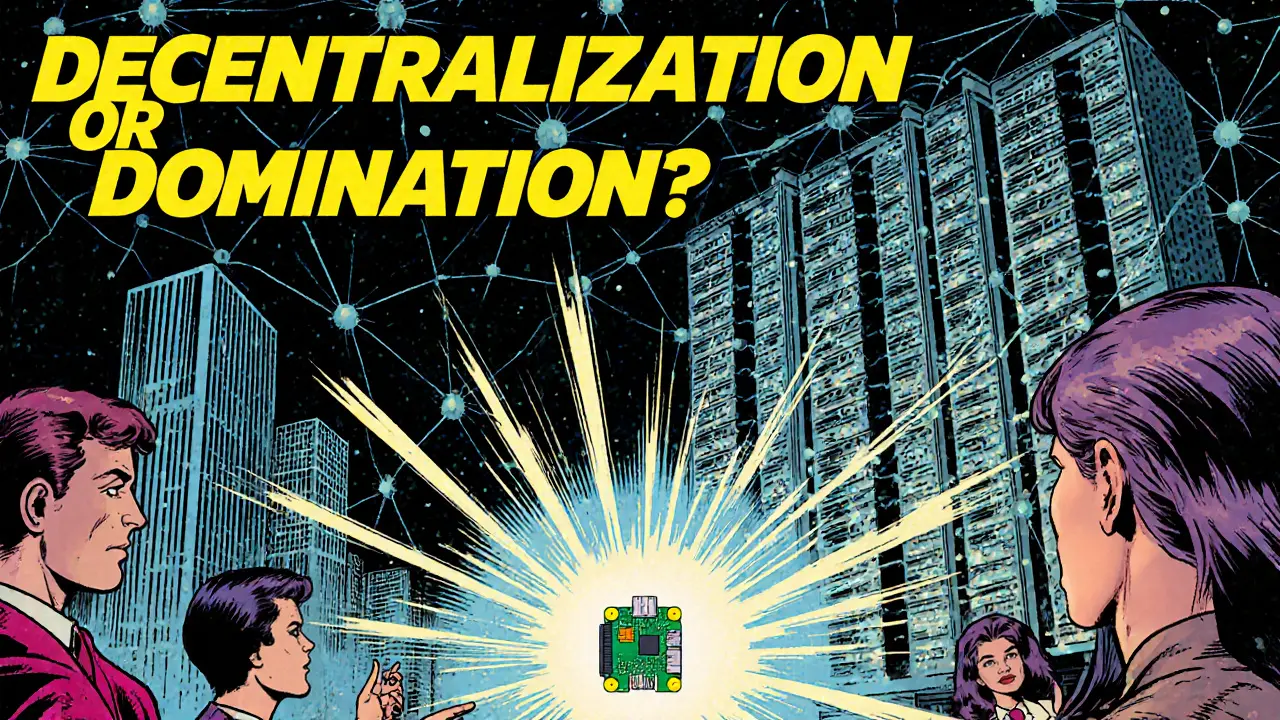
What’s Next for Node Synchronization?
The future is about reducing the cost of running a node. If syncing takes too long or needs too much storage, ordinary people won’t do it. And if only corporations can run nodes, the whole point of decentralization breaks down. Projects are tackling this head-on:- Verkle Trees (Ethereum, 2024): Replaces the current state trie with a more compact, mathematically efficient structure. Reduces state data by 90%.
- Stateless clients: Nodes don’t store the full state. They request it from others when validating blocks. This could let you run a node on a Raspberry Pi.
- Instant Sync (NOWNodes, 2023): Pre-synced snapshots updated every 15 minutes. Setup in under 10 minutes.
- State pruning: Automatically removes old, unused state data. Bitcoin Core now supports pruning to as low as 5GB.
By 2025, experts predict sync times will drop by 85-90%. That means a full node could sync in under an hour on a decent laptop. That’s the goal: making decentralization accessible to everyone, not just data centers.
Should You Run Your Own Node?
If you’re a developer, investor, or just care about true decentralization-yes. Running your own node means you don’t have to trust a third party like Infura, Alchemy, or MetaMask’s backend. You see the truth directly. But if you’re just sending ETH or Bitcoin occasionally, using a wallet service is fine. You don’t need a node for that. If you do want to run one:- Use an SSD. Not a hard drive.
- Get at least 16GB RAM. 32GB is better.
- Use snap sync unless you need full historical validation.
- Keep your software updated.
- Don’t rush it. Let it sync overnight. Don’t interrupt it.
It’s not glamorous. But it’s essential. Every node you run makes the network stronger. Every node that fails to sync weakens it.
How long does it take to sync a Bitcoin full node?
Syncing a Bitcoin full node typically takes 7-14 days on modern hardware with an SSD and a stable internet connection. The process requires downloading over 800,000 blocks and validating every transaction since 2009. The total data size is around 450-500GB as of late 2023. Sync time depends heavily on disk speed, CPU performance, and network bandwidth. Using a 100 Mbps connection or faster and an NVMe SSD can reduce sync time by up to 40% compared to older hardware.
Can I sync a blockchain node on a regular laptop?
Yes, but only if it has an SSD, at least 16GB of RAM, and a decent processor (8 cores recommended). A laptop with a mechanical hard drive will likely fail or take months to sync. For Ethereum, 32GB RAM is strongly advised. For Bitcoin, a 500GB SSD is the minimum storage requirement. Avoid running sync on low-power devices like Raspberry Pi unless you’re using a pruned or light client mode.
What’s the difference between a full node and a light node?
A full node downloads and verifies every block and transaction from the genesis block, storing the entire blockchain. It doesn’t trust anyone else. A light node only downloads block headers and requests specific transaction data from full nodes. It’s much faster and uses less storage (under 1GB), but it must trust that the full nodes it connects to are honest. Light nodes are good for mobile wallets but can’t validate the whole chain independently.
Why do some nodes sync faster than others?
Sync speed depends on hardware (SSD vs. HDD, CPU cores, RAM), network bandwidth (100 Mbps+ recommended), software client (Erigon syncs faster than Geth), and sync method used (snap sync is fastest). Nodes with more peer connections (12+) also sync faster because they can download data from multiple sources at once. Using a node provider like NOWNodes or Chainstack can reduce sync time to minutes by providing pre-synced snapshots.
Is it safe to use a snapshot sync?
Snapshot sync is safe if you download the snapshot from a trusted source, like the official client software or a reputable provider like Chainstack. The snapshot itself is cryptographically verified against the blockchain’s latest state. However, if you use a snapshot from an unknown or malicious source, you could be accepting a fraudulent state. Always verify the source and avoid downloading snapshots from random websites or forums.
What happens if my node goes offline and comes back online?
When your node comes back online, it doesn’t need to resync the entire chain. It checks the latest block number from its peers and only downloads the blocks created while it was offline. This is called "catch-up sync" and usually takes minutes to a few hours, depending on how long it was down. It’s much faster than a full sync because it only processes recent data.
Do I need to sync a node to use a crypto wallet?
No. Most wallets like MetaMask, Trust Wallet, or Ledger connect to third-party node providers (like Infura or Alchemy) that handle syncing for them. You only need to run your own node if you want full control, maximum privacy, or to support the network’s decentralization. Running a node is optional for end users-it’s required only for validators, miners, or infrastructure operators.

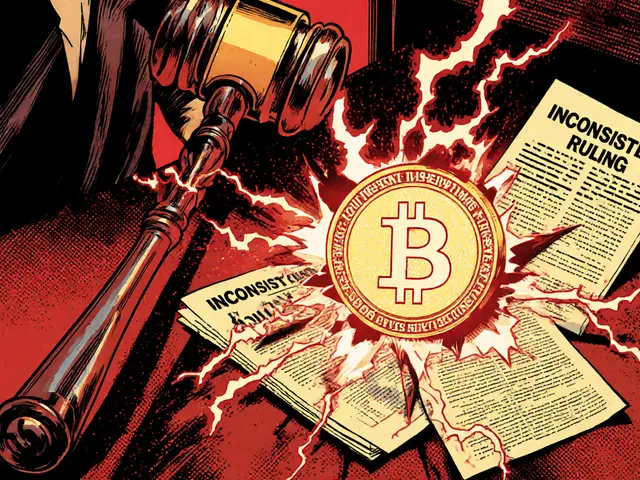

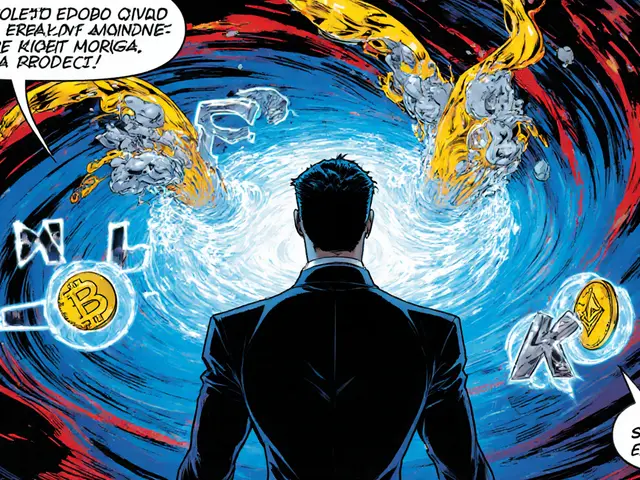
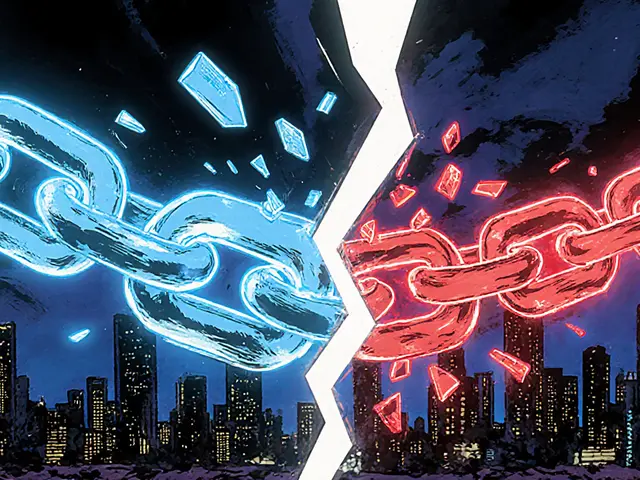
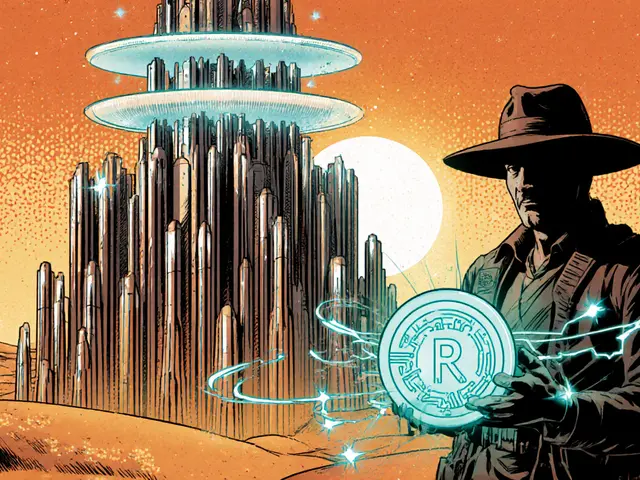
There are 7 Comments
Laura Hall
Just synced my Ethereum node last week with snap sync and it was done in 3 hours. SSD made all the difference. I used to think I needed a server farm but nope, just a decent laptop and patience. Seriously, if you're on an HDD, you're fighting the system.
Also, never force quit. I learned that the hard way after my state trie got corrupted. Restarted clean and it worked like magic.
Adrian Bailey
Man I remember spending 11 days syncing Bitcoin back in 2021. My SSD was barely 500GB and I kept running out of space. Had to delete half my game library just to make room. Now with pruning and Verkle Trees coming? I might actually run a node again. Feels like we’re finally getting to the point where normal people can participate without becoming IT admins.
Also, shoutout to Erigon. That client is a beast. My sync time dropped from 14 days to 4.5 with zero changes to hardware. Just updated the software and boom. Magic.
FRANCIS JOHNSON
There’s something deeply spiritual about running your own node. You’re not just verifying transactions-you’re preserving the soul of the network. Every block validated is a tiny act of defiance against centralization. Every byte synced is a brick in the wall against surveillance capitalism.
When you see that final block confirm, you don’t just feel technical satisfaction-you feel responsibility. You’re not a user anymore. You’re a steward. And that changes everything. This isn’t software. It’s a covenant.
And yes, I cried when it finished. Don’t judge me.
Arthur Crone
Full sync is for amateurs. If you're not running a stateless client or using a snapshot from a verified provider, you're wasting your life.
And why are people still using Geth? Erigon's parallel sync is 3x faster and you're still clinging to legacy tools like it's 2018? This isn't innovation-it's masochism.
Also, anyone who says they need 32GB RAM for Ethereum is lying. I run a full node on 8GB. You just don't know how to configure your cache.
David Billesbach
They don't want you to know this but the entire sync process is rigged. The state snapshots? Backdoored. The Verkle Trees? A Trojan horse for centralization. Who controls the trusted sources? Big Tech. Who runs the majority of the "official" clients? Silicon Valley elites.
They're making it look easy so you'll trust them. But when you sync from their snapshot, you're not verifying the chain-you're accepting their version of truth.
Real decentralization means syncing from genesis on a Raspberry Pi with a 56k modem. Anything else is propaganda.
Rachel Everson
For anyone thinking about running a node-just do it. Don't overthink it. Get an SSD, use snap sync, update your client. You don't need to be a coder or a genius. Just follow the steps.
I started because I was tired of trusting MetaMask's backend. Now I see every transaction firsthand. It's not glamorous, but it's peaceful. Like knowing your food is grown locally instead of shipped from a warehouse.
You're not doing it for the tech. You're doing it for the peace of mind.
Johanna Lesmayoux lamare
Synced my Bitcoin node last night. Took 8 hours. SSD. 16GB RAM. No issues. Just let it run. Don't touch it. It's like baking bread-just wait.
Write a comment
Your email address will not be published. Required fields are marked *